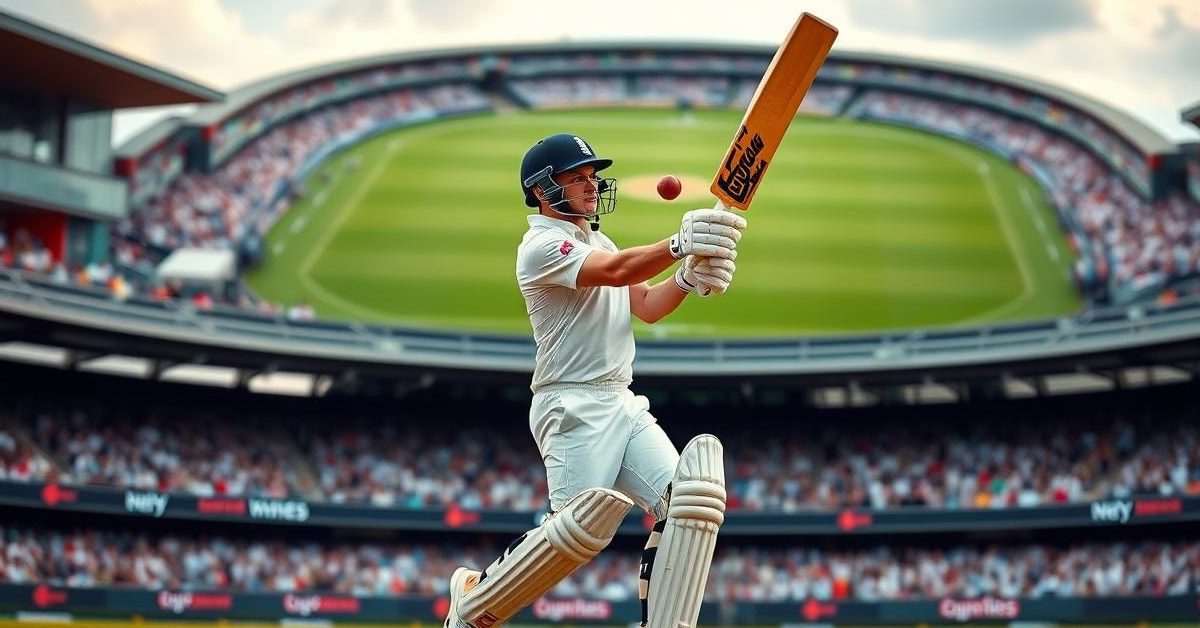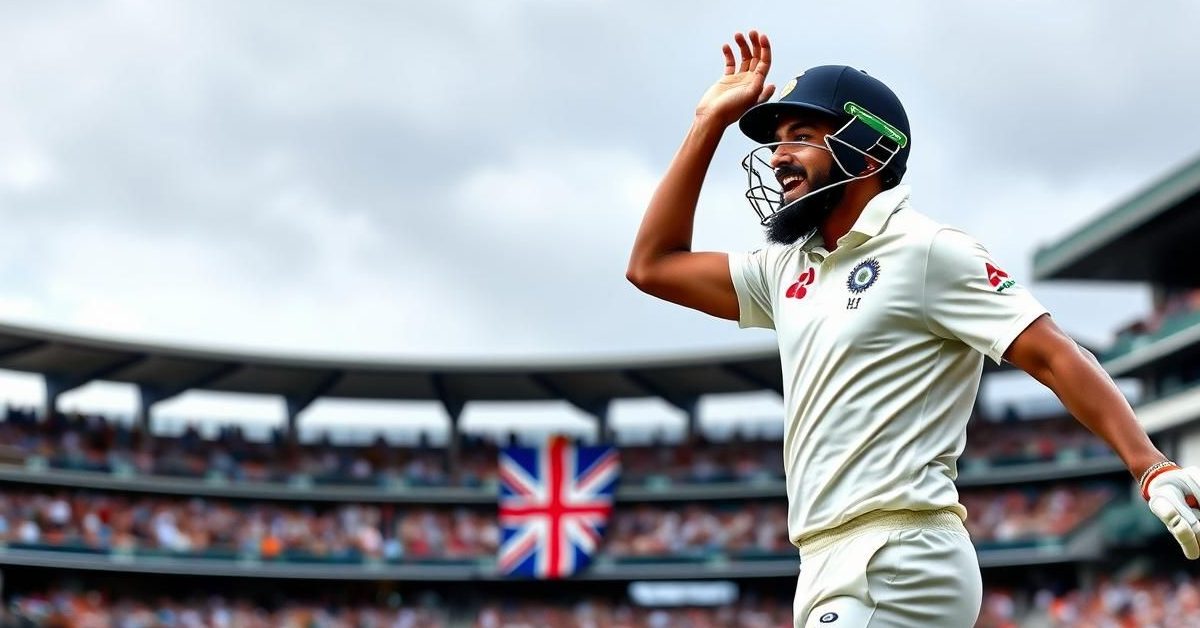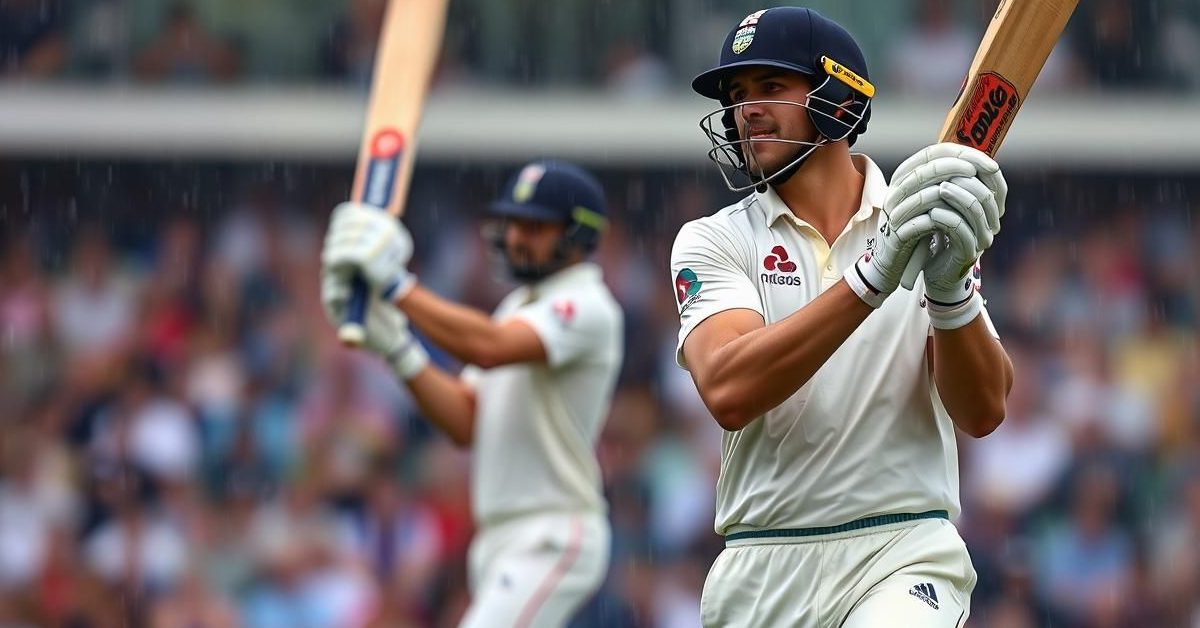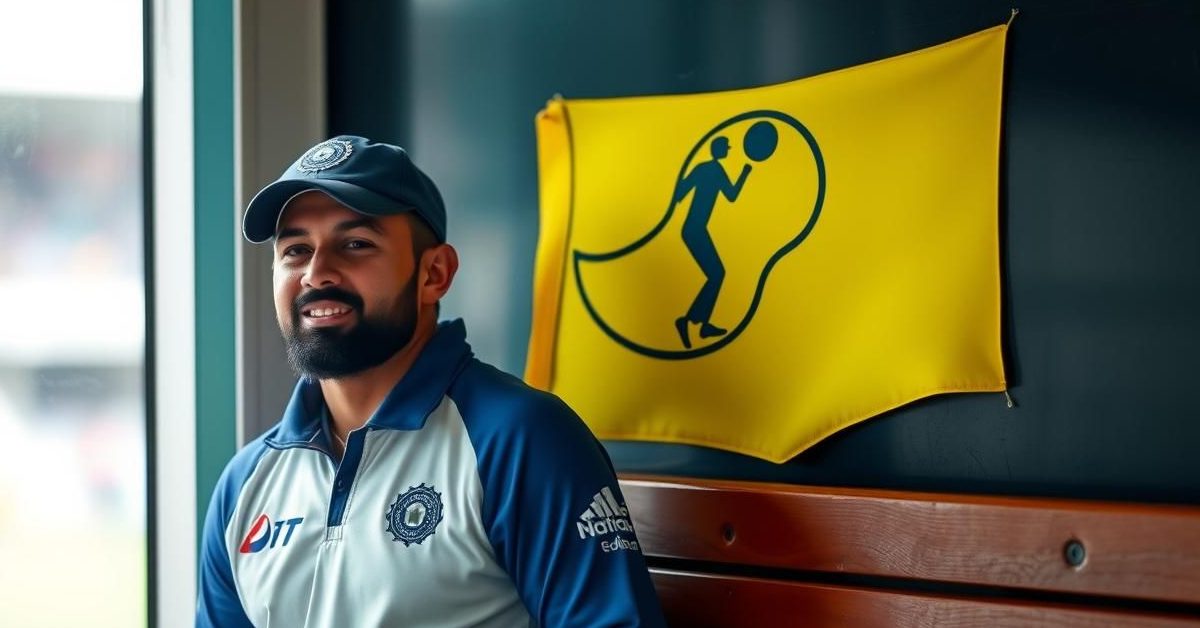India’s decision to potentially leave out spinner Kuldeep Yadav from the final Test against England isn’t a reflection of his skill but rather a concern over the team’s batting stability, particularly at No. 3 and among the wicket-keepers.
The Batting Balancing Act
The core dilemma for the Indian team management revolves around finding the right balance between a strong bowling attack and a reliable batting lineup. While Kuldeep Yadav is a talented left-arm wrist-spinner, his inclusion often means sacrificing a frontline batsman or an all-rounder who can contribute significantly with the bat.
The team prioritizes scoring big totals as much as taking 20 wickets. This philosophy has shaped their selections throughout the tour, making it challenging to consistently field five specialist bowlers without compromising batting depth.
Wicket-keeper Woes and Trust Issues
A significant factor in Kuldeep’s exclusion has been the fluctuating form and availability of India’s wicket-keepers. Initially, Rishabh Pant’s aggressive, sometimes unpredictable, batting style raised concerns about reliability at a crucial lower-order position.
While Pant eventually found consistency with two centuries and three fifties on the tour, his unfortunate injury ruled him out. His replacement, Dhruv Jurel, is relatively inexperienced in overseas Tests, having played only one Test outside India previously. The team seeks a more settled and dependable presence behind the stumps who can also shore up the batting.
The Unsettled No. 3 Spot
Another major contributor to the team’s caution is the lack of a consistent performer at the vital No. 3 position. Players like Sai Sudharsan and Karun Nair have been given opportunities but haven’t yet managed to instill confidence in the team management.
Their tendency to get out to less threatening deliveries and not capitalize in pressure situations has made the team hesitant. A solid No. 3 batsman would provide the stability needed to consider playing an extra specialist bowler like Kuldeep.
The Coach’s Perspective
Batting coach Sitanshu Kotak highlighted the complexity of such decisions. He explained that while playing with five specialist bowlers provides more wicket-taking options, it places immense pressure on every bowler to perform. If one has an off day, or is under-bowled, the team might regret not having an extra batsman.
Kotak emphasized the importance of a balanced side, noting that India’s only win on the tour came when they scored well. He acknowledged that the final decision on Kuldeep would depend heavily on the pitch conditions at The Oval, with captain and coach making the call after inspecting the surface.
The Oval Pitch Factor
Historically, The Oval has offered some assistance to spinners. However, recent domestic games at the venue suggest pitches that favor pacers, with teams scoring moderately. This shift is evident in England’s squad, which includes Surrey quicks Jamie Overton and Gus Atkinson.
With Ravindra Jadeja and Washington Sundar already in the spin department, the prospect of playing a third spinner like Kuldeep becomes less appealing if the pitch is expected to assist seam and swing. This further pushes the team towards a pace-heavy attack, potentially featuring Mohammed Siraj, Akash Deep, and Arshdeep Singh, rather than risking Jasprit Bumrah’s workload.
- Kuldeep Yadav’s talent is not questioned; his exclusion is due to batting concerns.
- Instability at No. 3 and among wicket-keepers (Pant’s injury, Jurel’s inexperience) forces a more conservative selection.
- The team prioritizes batting depth and big scores to complement their bowling.
- The Oval pitch’s current nature might favor pacers over an extra spinner.
The final Test selection for India will be a tough call, balancing the desire for a potent bowling attack with the critical need for batting solidity in English conditions.













